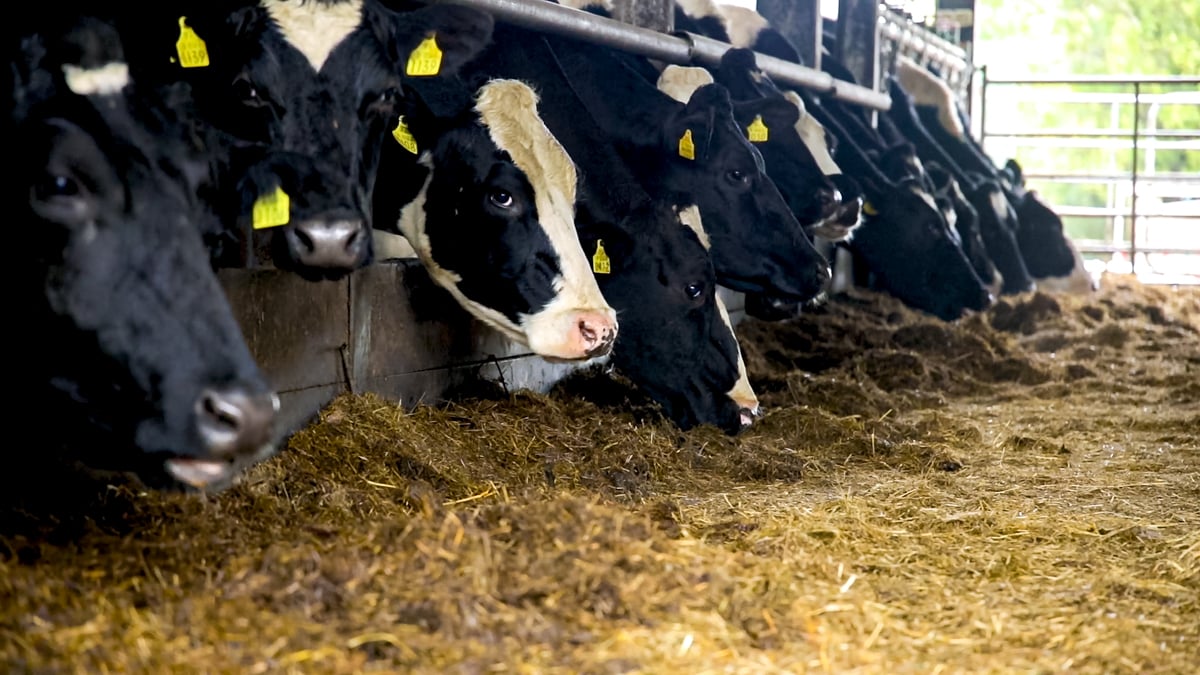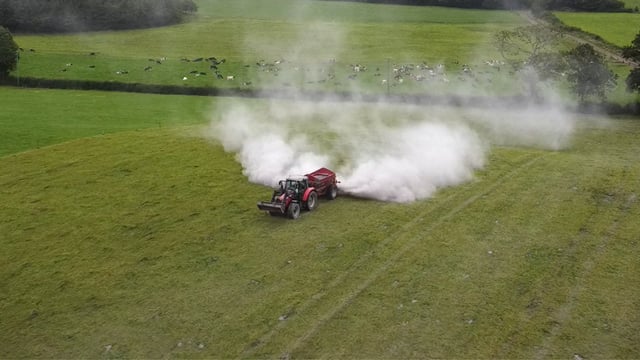Lameness: Protocol needed for transition from pasture to housing
Lameness can be a difficult thing to manage on dairy farms at this time of the year, so it is important that farmers allow for a smooth transition from pasture to housing.
Cows' hooves need to adapt to the change of the soft surface of grazing ground, to the hard floor of concrete and slats where there is no give.
Although, most herds in the country are still out grazing, it won't be long until cows are back inside - even on a part-time basis, where they won't be off the hard surface.
Farmers must keep roadways well maintained and the collecting yard must be in good order.
A lot of farmers are buffer feeding silage at the moment and this is helping to build covers and keep cows out at grass, but farmers must ensure that cows have enough feed space and wide passageways to access the silage.
Quite often, silage is fed in the shed as the cows are waiting for milking or on their way back out from milking, and gates are often set up so cows can't access cubicles and the grander area of the shed.
This is all well and good once the cows are not squeezing and nudging around in order to get into the silage, as if cows are pushing, it creates stress and damages their hooves, which can lead to hoof trauma, haemorrhage, and white line disease.
This area where cows are getting a couple of kilograms of silage needs to be kept clean, as poor hygiene and standing in slurry can cause softening of the claw horn and skin.

Hooves need time to acclimatise to hard surfaces again, and cows may behave like they are still out at grass where there is give in the soil.
Therefore, cows need time before they are left on concrete for long hours of the day. Adding stress onto them by pushing and shoving them through sheds with limited feed space and poor hygiene can be detrimental to cows' hooves.
Farmers should be continuing to footbath their herd to reduce the spread of infection, as disease spreads easier indoors. If there is any digital dermatitis in the herd, farmers should try and limit it now before housing.
Footbathing should be carried at least once a week if digital dermatitis is present in the herd, and more often it prevails into the housing period.
Every farm situation is different, and so farmers should seek advice on a footbathing programme coming into the housing period.
Freshly calved cows in autumn calving herd can be experiencing a negative energy balance (NEB) and may lose condition as a result.
This is because cows have a fat pad in the heel of their hoof, which has cushioning properties. When a cow becomes too thin, this digital fat pad becomes much thinner, and therefore cannot provide the same level of protection.
If concentrates are introduced to the diet too quickly, rumen acidosis may occur and this has been linked to laminitis - an inflammatory condition of the hoof.
Hoof trimming to prevent lameness before housing should be planned, as it is important to maintain healthy hoof shape and growth.
For the spring calving herds, the best time of year to get an entire herd routine trim is just before drying off and into housing.





